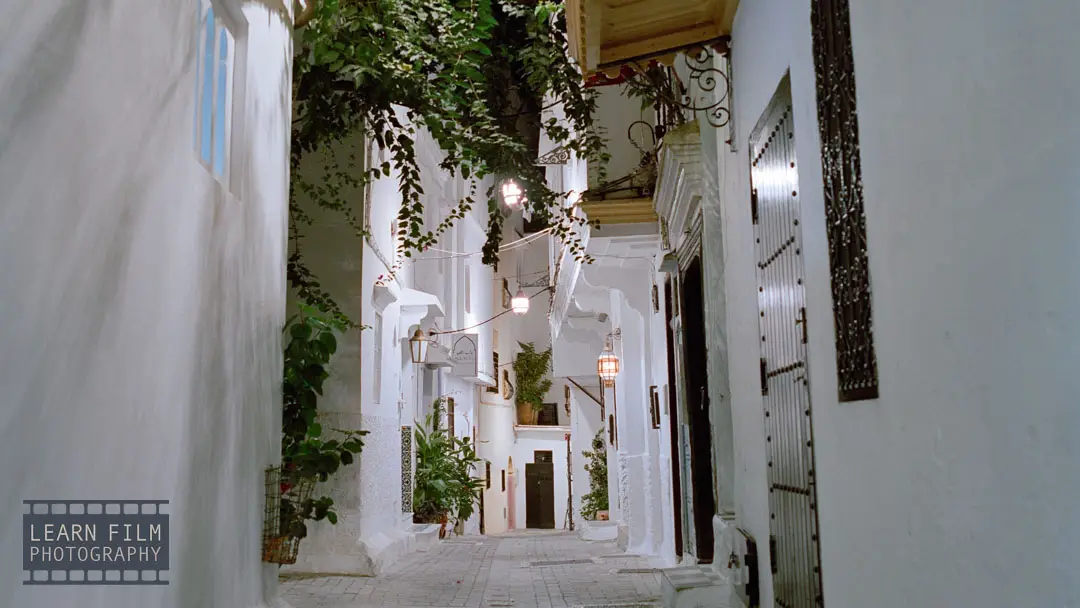Ultra-wide lenses are some of the most sought-after lenses for every film photographer out there. Using an ultra-wide can feel like a completely new way to see the world, and allows photographers to get close to their subjects without losing any details in the frame.
But when it comes to medium format photography, it’s often much more difficult to find a good wide-angle lens that fits both the budget and the inside of a camera bag. The Carl Zeiss Distagon 40mm f/4 T* lens is the most affordable ultra-wide angle lenses available for the Hasselblad 500-series cameras, but how does it hold up in real-world use?
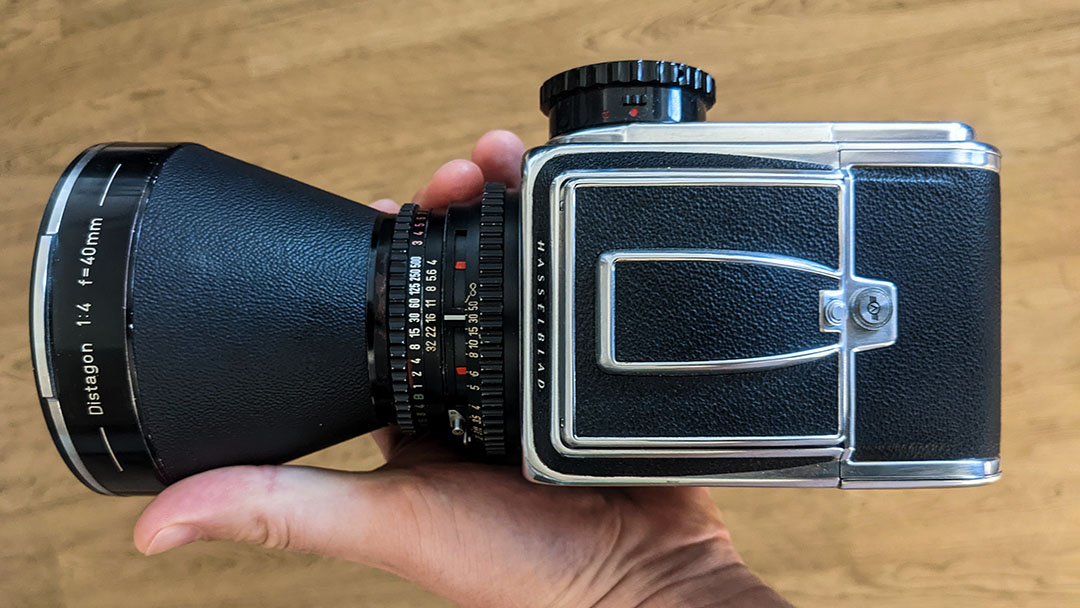
The Hasselblad Zeiss Distagon 40mm f/4 lens weighs in at just over 1.35kg (nearly 3lbs), and covers a 22mm field of view in 35mm equivalent terms, making it one of the largest, heaviest, and widest lenses in the Hasselblad 500 series lineup.
The lens is sharpest in the center with heavy vignetting at f/4, though the edge sharpness and vignetting clears up significantly by f/8.
The Carl Zeiss Distagon 40mm f/4 lens is a true testament to Zeiss and Hasselblad lens design — for a lens this wide designed in the 1960s, it features remarkable sharpness and low distortion. That alone makes this lens one of the best, lower-cost options for architecture and environmental portrait photography.
Get the Zeiss Distagon 40mm f/4 lens on eBay for the best price here.
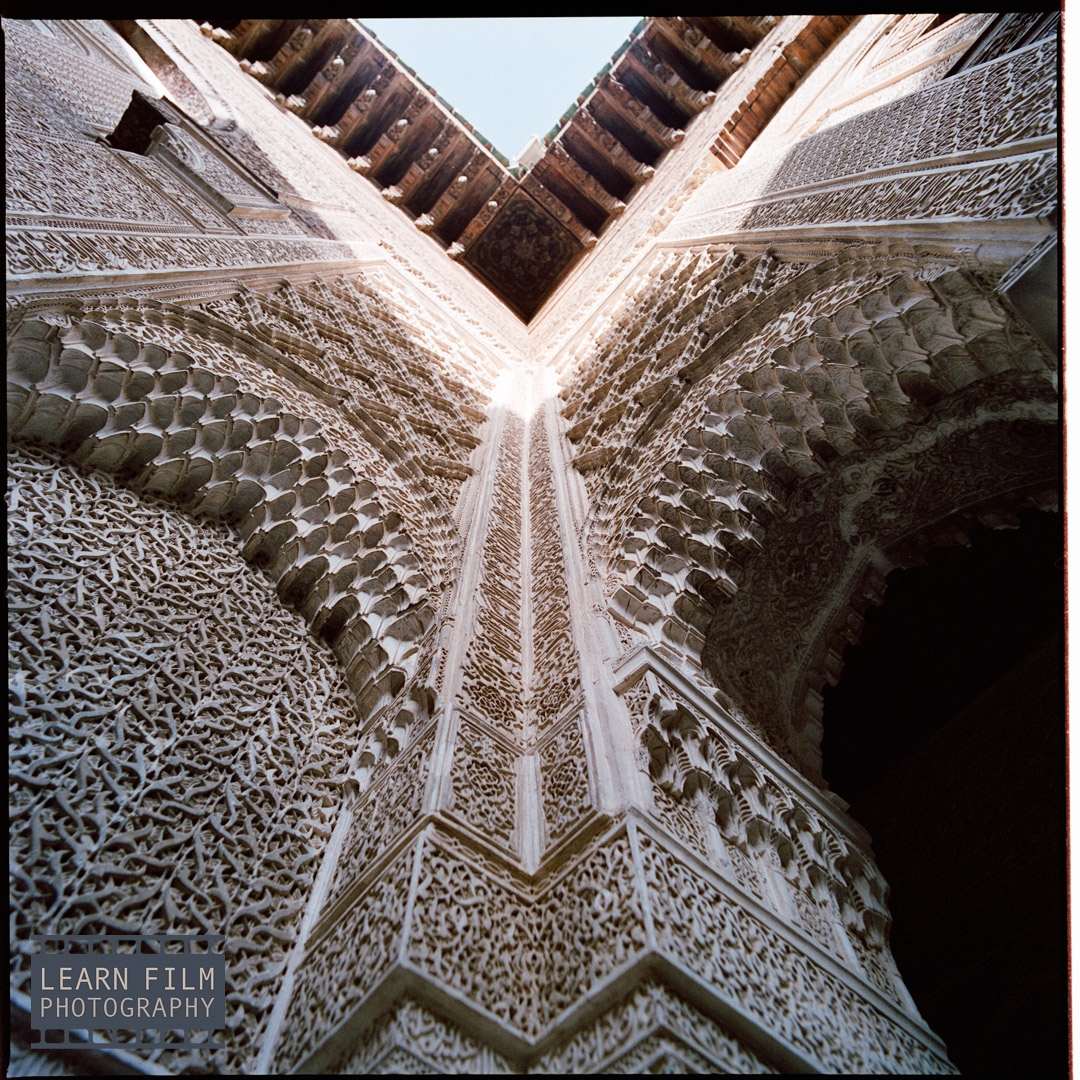
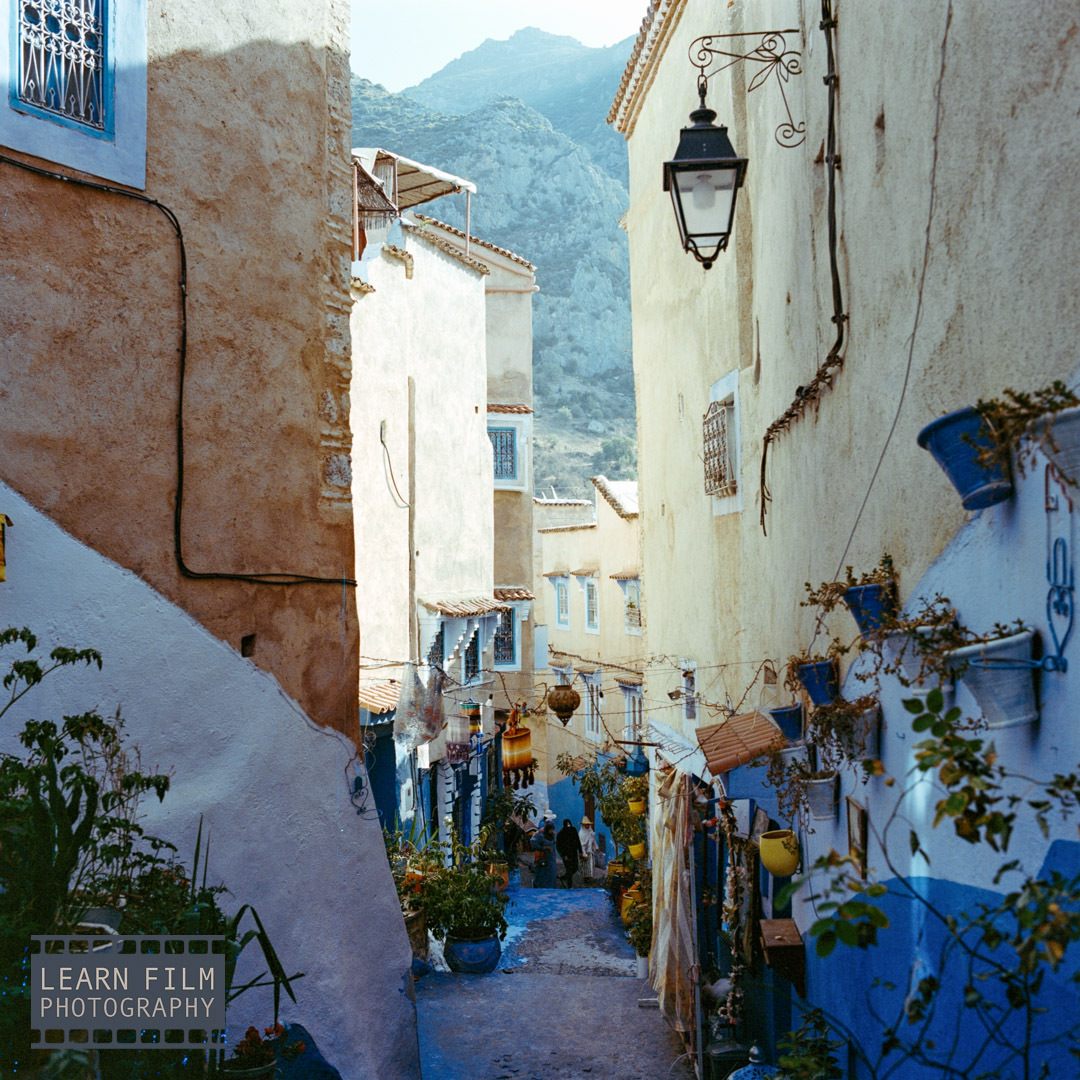
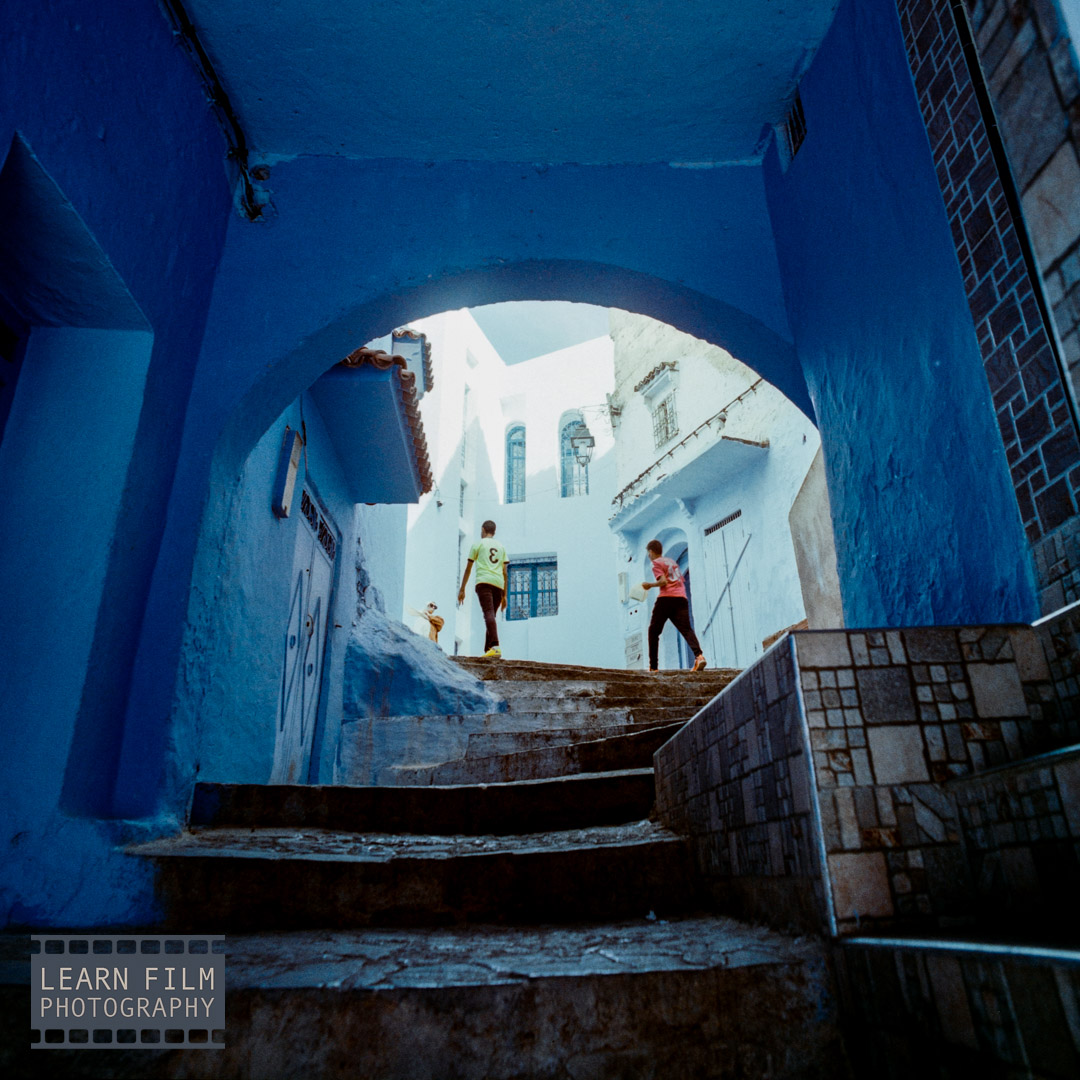
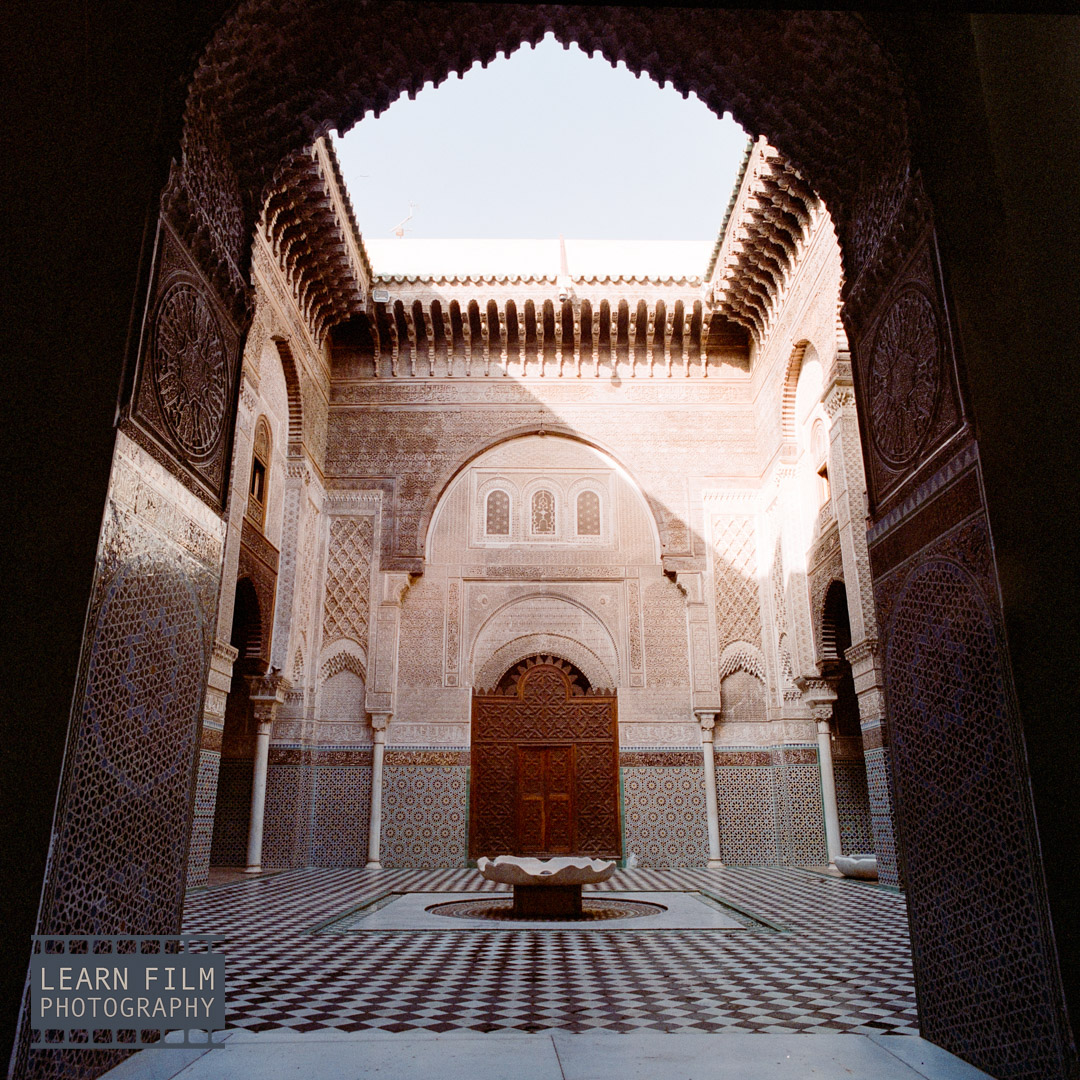
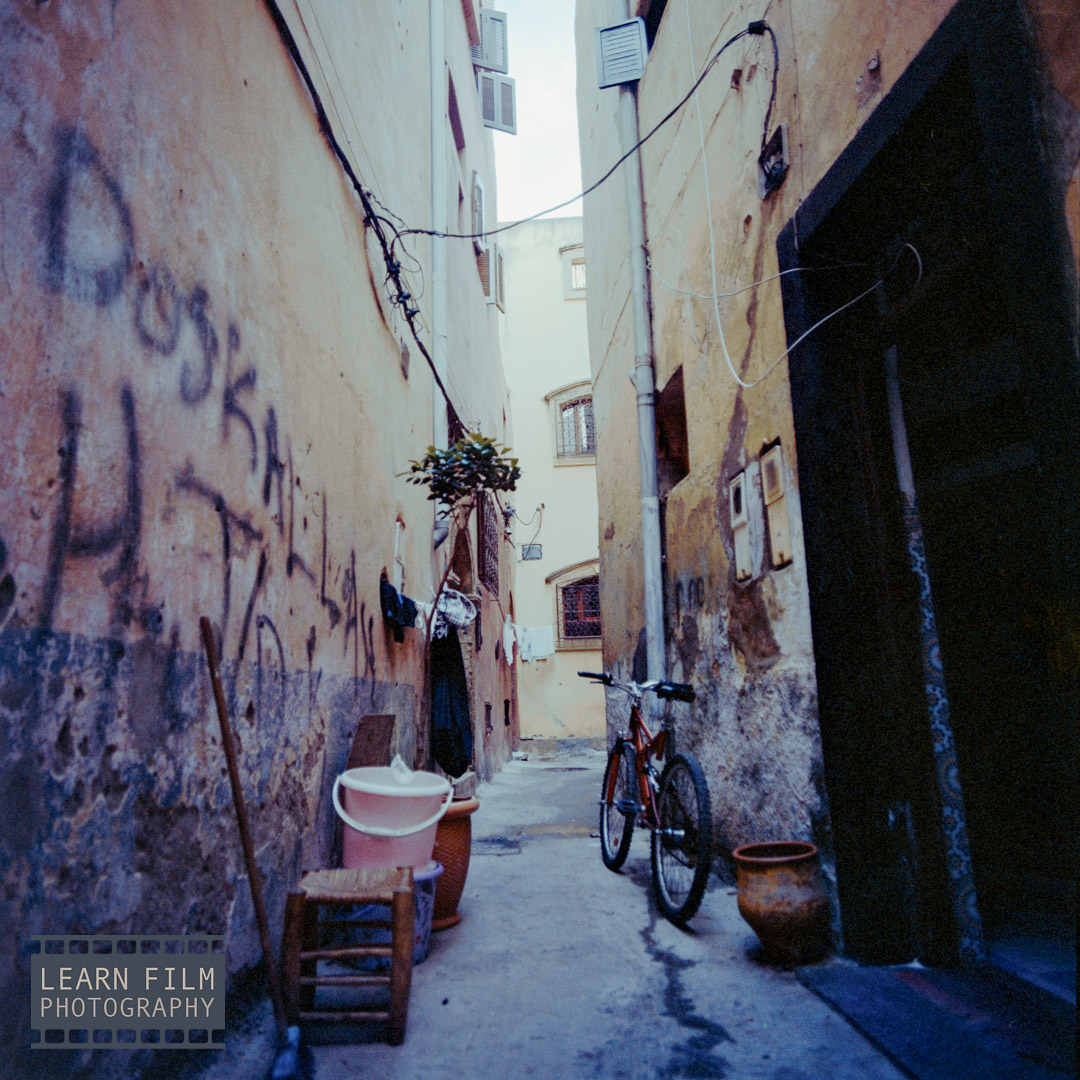
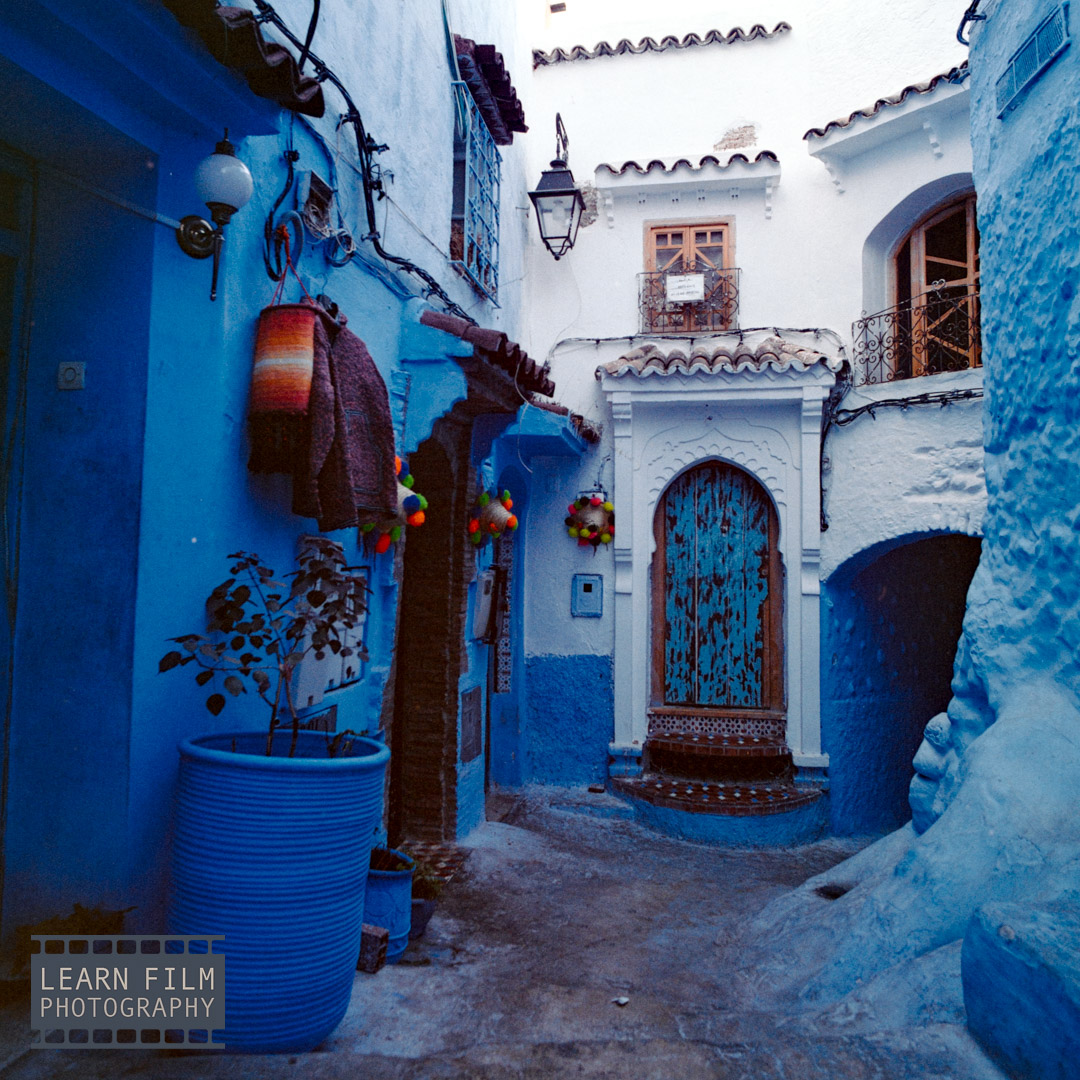
Hasselblad 40mm f/4 sharpness, distortion, and flaring
When using a lens this wide from this era on a medium format camera, you can’t expect perfection. But with Zeiss, you can expect to get pretty dang close.
When you look at the MTF chart, you can see at the widest f/4 aperture, the lens exhibits fantastic sharpness in the center of the frame, but then sees a sharp loss of light and sharpness at the edges.

The vignetting (the darker corners) can be so significant that if you underexpose the film by a stop, you’ll lose all light on the edges of the frame. By stopping down just one stop to f/5.6, the vignetting and loss of sharpness in the corners of the frame are mostly corrected. While, at f/8, the lens is nearly perfect.
The distortion on the lens looks the worst when close objects are in the corners of the frame. For example, when aiming the lens upwards to capture a thin alleyway, the nearby doors, pillars, or other straight lines that appear in the bottom corners of the frame will lean into the center of the image.
However, the distortion effect in the corners is significantly reduced when pointing the lens straight forwards. Stopping down the lens cannot change the distortion, unfortunately.
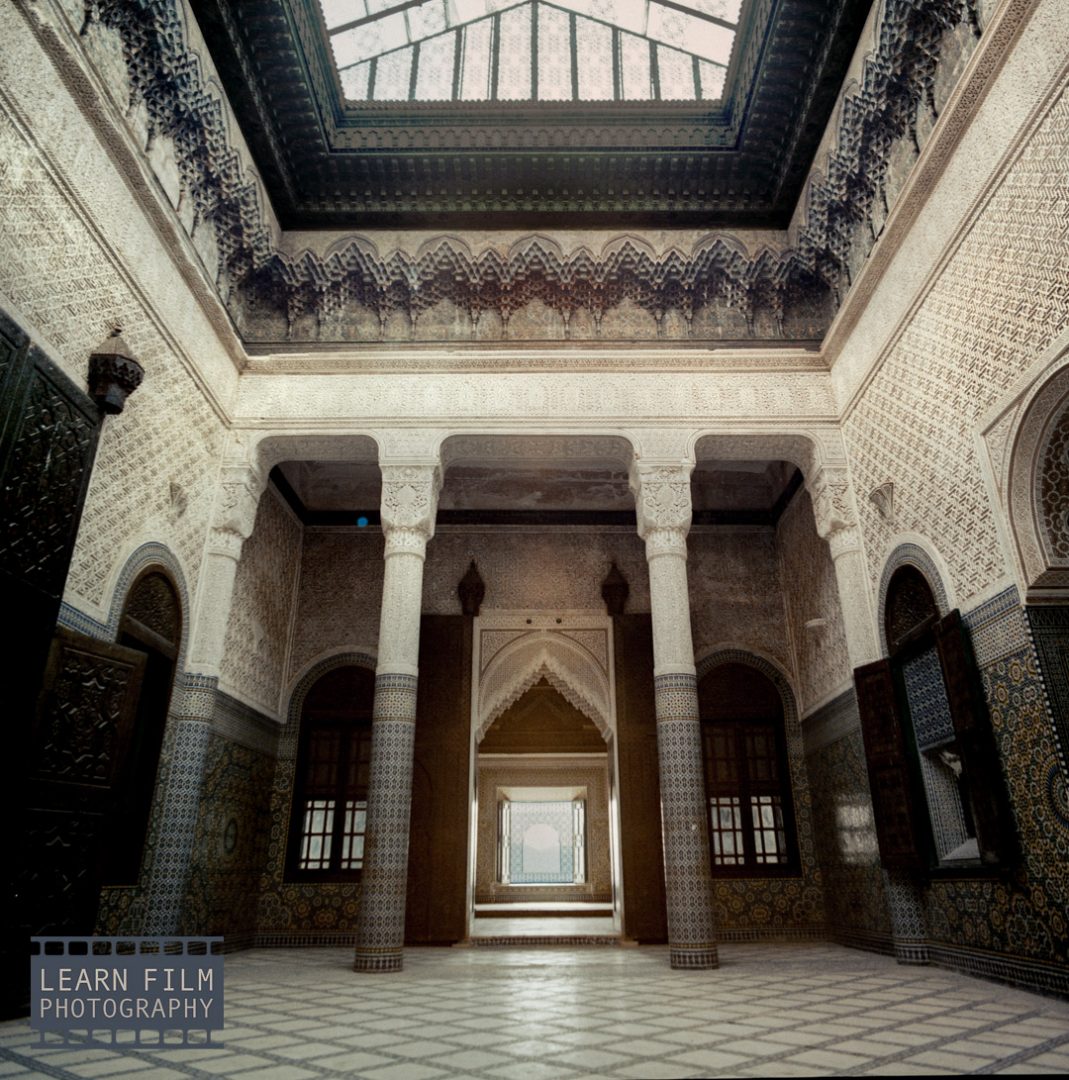
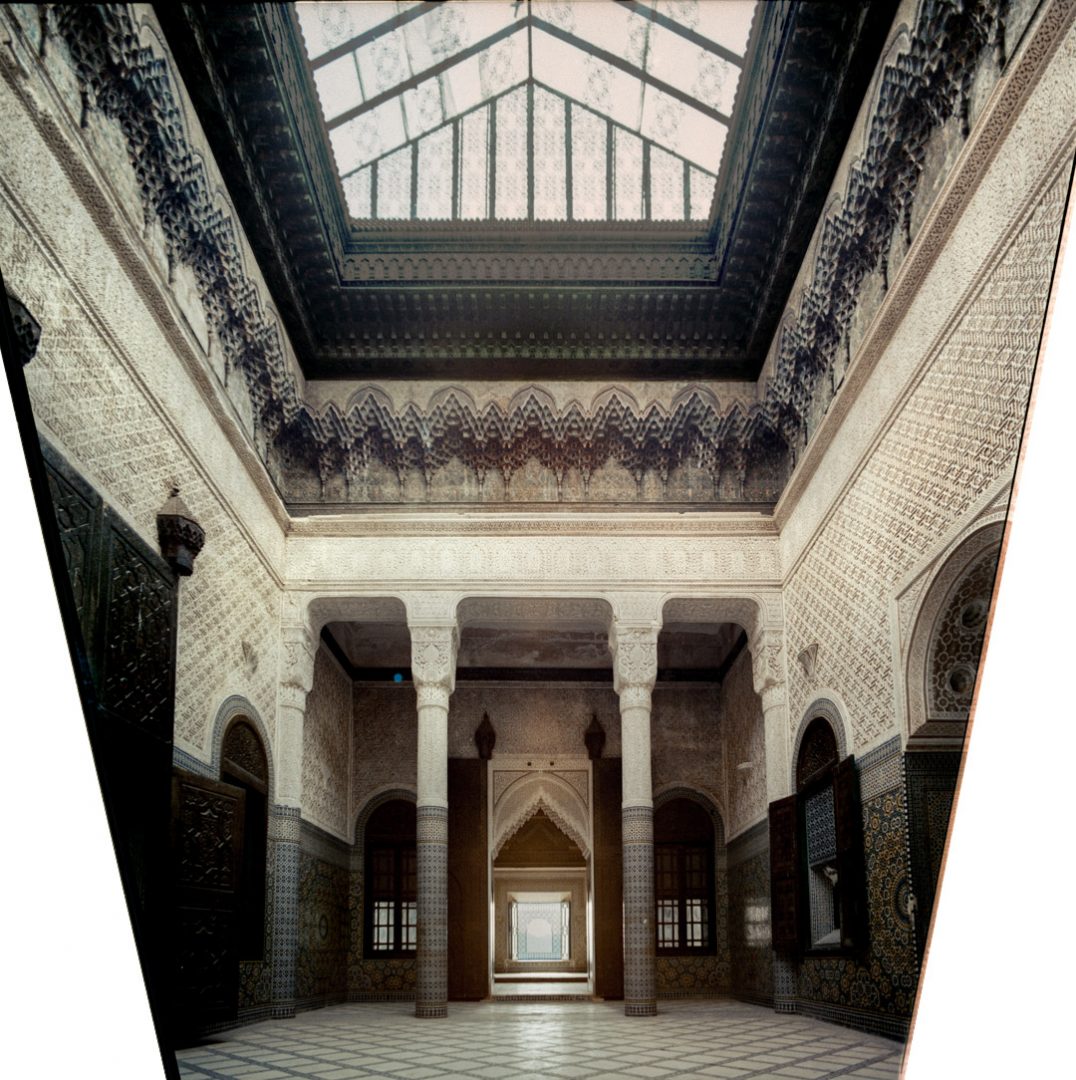
When it comes to flaring, the Zeiss Distagon 40mm f/4 handles direct light fairly well thanks to the T* lens coatings. The lens handles flaring quite well around the f/8 mark, but tends to suffer at lower aperture values — especially when the flares come from the sides of the lens.
I recommend keeping the sun, or bright light sources at night out of your photos as much as possible when using this lens for the best results. However, if you do want it in the frame, the images will turn out best when the light source is closer to the center of the frame, with the aperture stopped down.
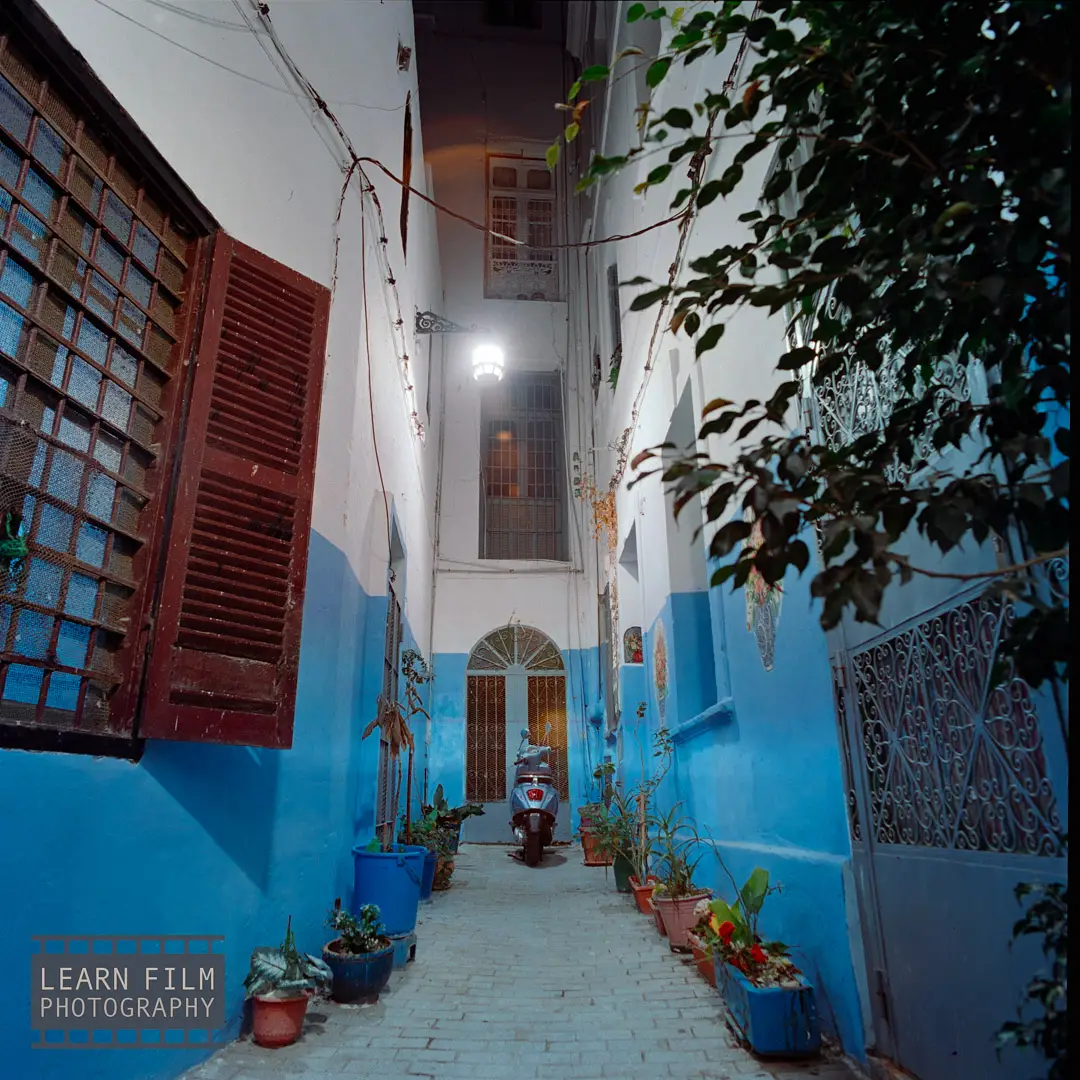
Zeiss Distagon 40mm f/4 Characteristics
It’s easy to sit back, look at an MTF chart, and think you know everything about a lens. But where this lens really stands out is in its everyday use.
The fact that the lens has a 22mm field of view (in 35mm terms), but has a 40mm true focal length means that the distortion is exceptionally well controlled.
A 24mm lens on a 35mm camera is rarely used for portraits, because the distortion will make people’s faces look wide and generally unflattering when taking images close-up. But at 40mm, the proportions of the human body look natural — even when photographed right up close to the gigantic, 11cm (4.5”) front element of this lens.

40mm focal lengths also means objects in the distance look much closer to their natural size. For example, a 24mm lens will make mountains look tiny in the distance, while objects up close look gigantic.
But the longer focal length with an equivalent field of view on medium format cameras means this lens creates images that look much closer to reality. That factor makes this lens a stand-out choice for a very wide array of applications. From landscape photography, architecture, and environmental portraiture.
For street photography, the sheer size of this lens will, however, get in the way. The thick glass front element is actually larger than the 500c/m camera body with the viewfinder closed, meaning there’s just no possible way to be sneaky with this lens on your camera.
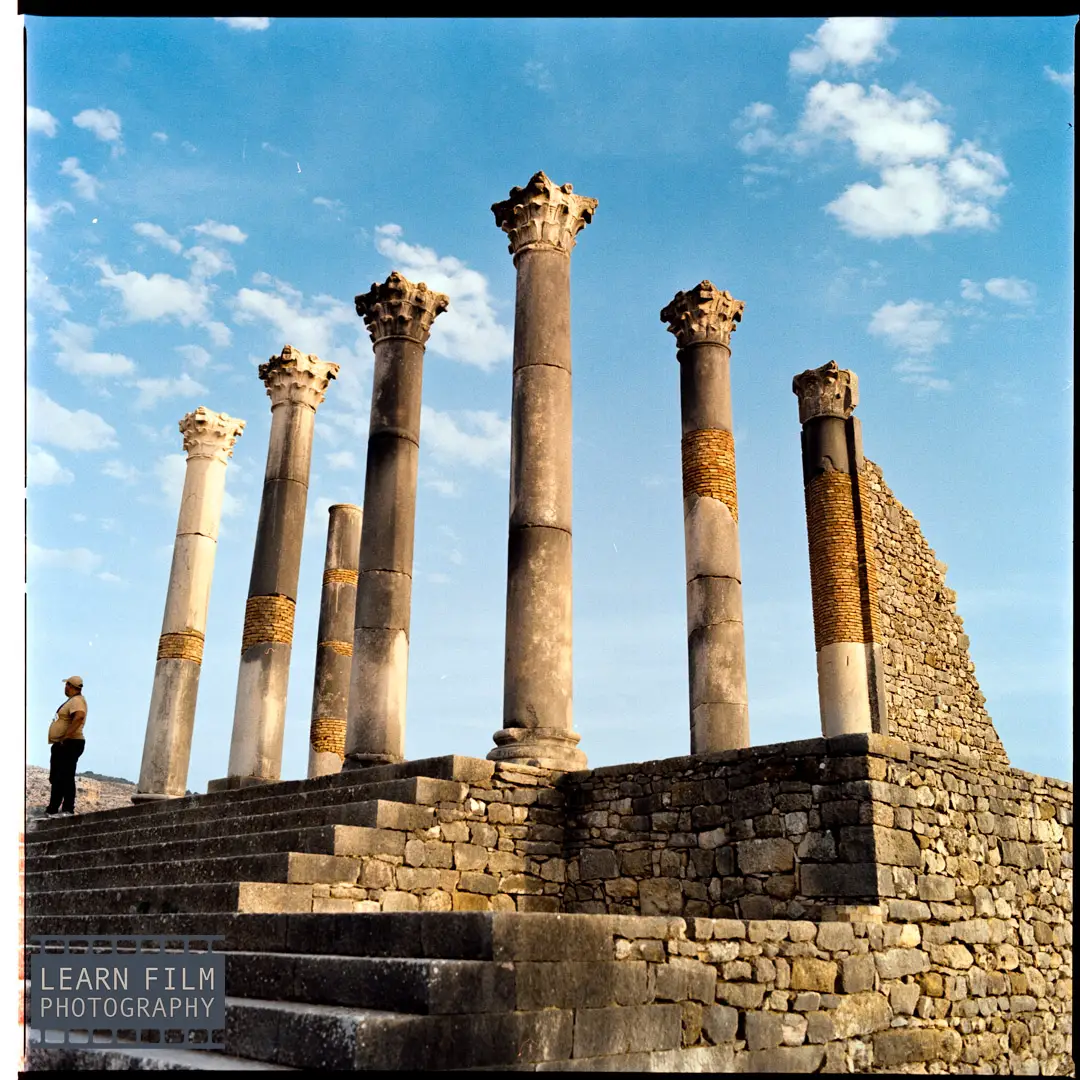
Is 40mm really that much wider than 50mm?
It’s possible to purchase the Zeiss Distagon 50mm lens in some cases for half as much as the 40mm f/4 lens. That’s because the 50mm lens has a 35mm equivalent of 28mm, which, while wide, is not ultra wide.
Those extra 10mm do make a significant difference for architecture and landscape photographs — especially when you’re trying to get up close to an object in the foreground, while still showing a large background.
At the end of the day, if you already have a 50mm lens, then the 40mm may not make the biggest difference. But if you have a 60mm lens (which is widely considered to be one of the sharpest and best corrected lenses Zeiss ever made for the Hasselblad), then the 40mm lens will make a much more significant jump in your lens lineup.
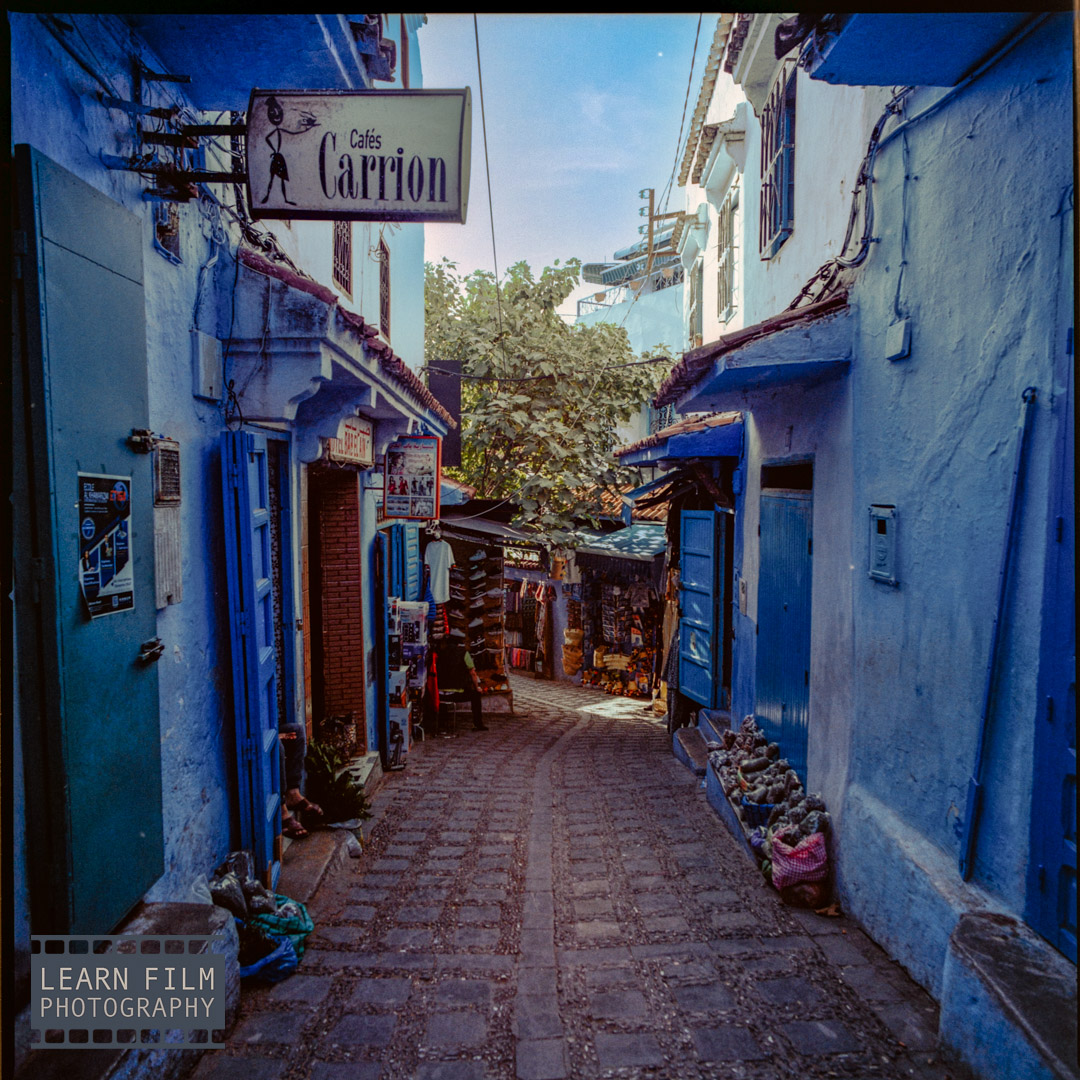
Is the 40mm f/4 worth it?
After carrying the 40mm lens on my back around Morocco, I can happily report that the Hasselblad 40mm lens is absolutely worth having. I used this lens in every city I visited and took many of my favorite photos.
The Zeiss Distagon 40mm lens was almost always attached to my camera. It was the perfect choice for capturing the small streets, architecture, and alleyways within the Moroccan cities. During the day, I was easily able to hand hold the camera using this lens at f/8, while I typically kept it on a tripod at night.
Keeping the lens at f/8 allowed me to ensure I was always getting a proper exposure with a fast shutter speed using Kodak Gold during the day, while keeping the corners sharp and reducing the vignetting. And despite the considerable amount of weight sitting on the front of the camera, I surprisingly didn’t run into any issues with the tripods — both the Peak Design Travel Tripod and the Ulanzi & Coman Travel Tripods were able to handle the weight with grace.
The 40mm f/4 lens is a marvel of engineering for the time it was created. At the end of the day, it handles distortion far better than even some modern 24mm lenses in 35mm format. And because of the 40mm focal length, the lens is fantastic for capturing portraits — it exhibits significantly less distortion close up than equivalent 35mm lenses.
This is a lens that I will keep in my bag for quite a while (though, I’ll make sure to hide it from any airlines seeking to weigh carry-on bags!). Perhaps in time, it may be worth upgrading to the newer, smaller, and lighter versions of this lens (which cost twice as much on eBay), but for now, the Zeiss Distagon 40mm f/4 lens is a fantastic companion and one of the most useful lenses in my bag.
Find this incredible wide-angle Zeiss lens on eBay here.

By Daren
Daren is a journalist and wedding photographer based in Vancouver, B.C. He’s been taking personal and professional photos on film since 2017 and began developing and printing his own photos after wanting more control than what local labs could offer. Discover his newest publications at Soft Grain Books, or check out the print shop.

